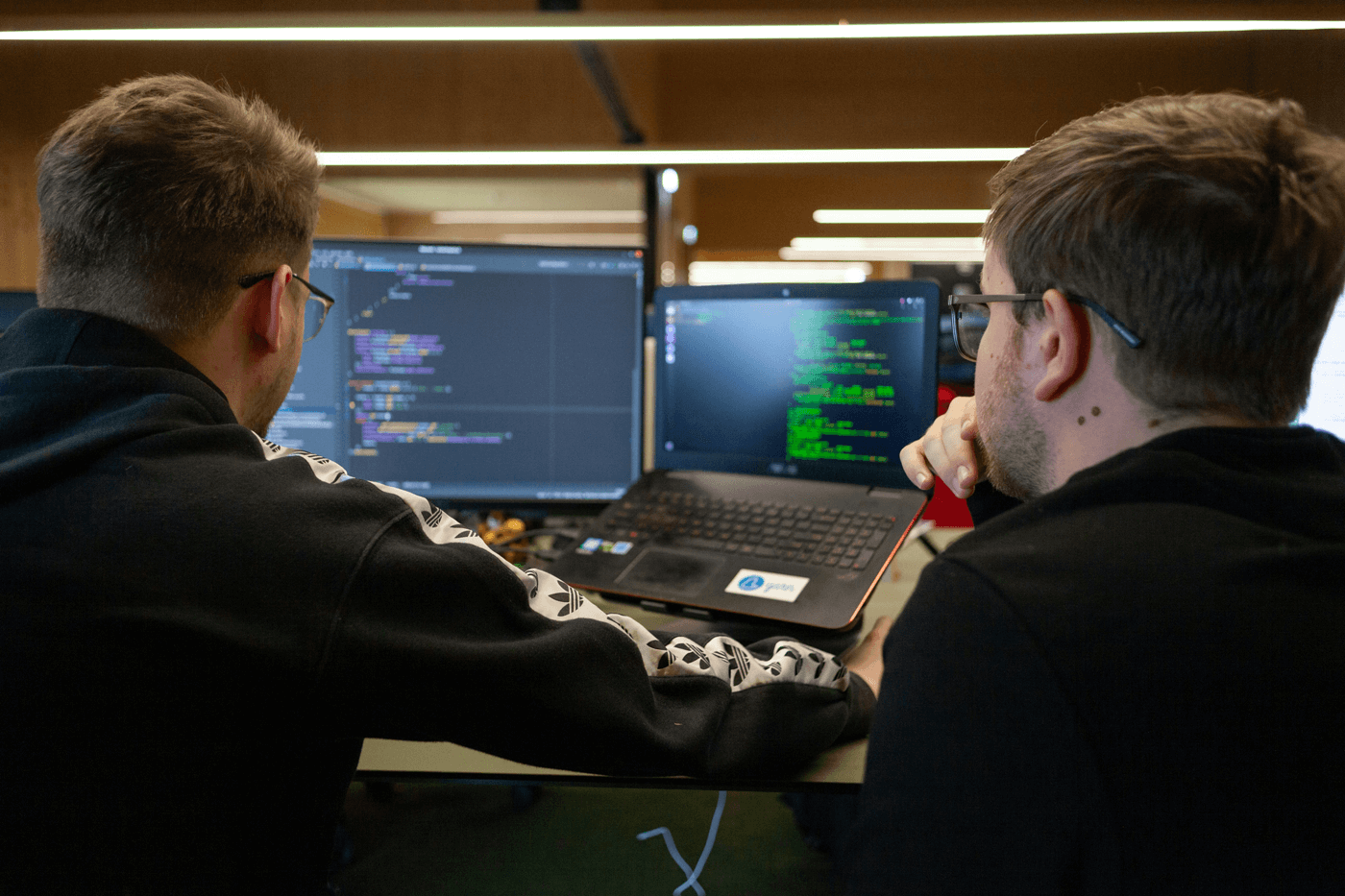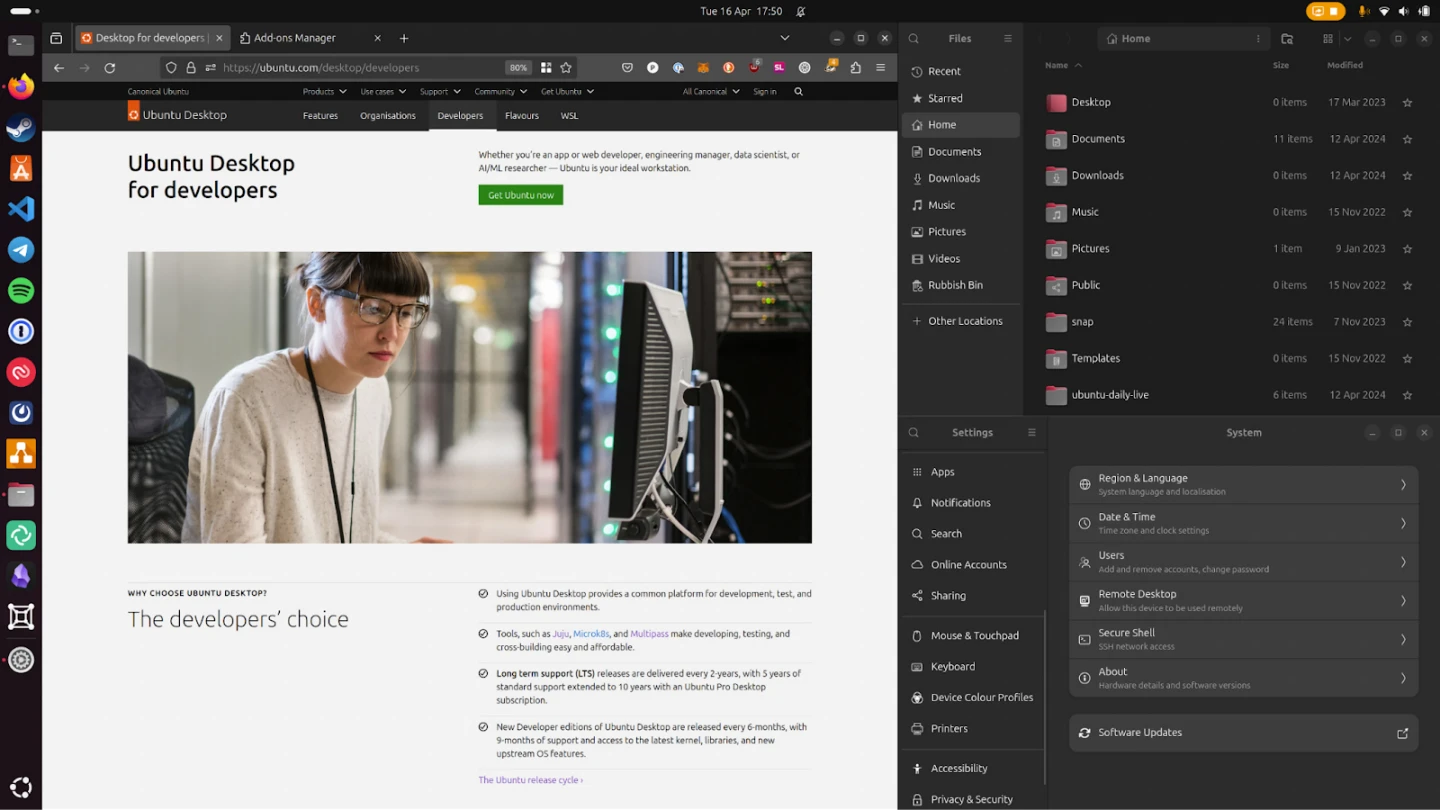In today’s digital world, we often get comfortable with the familiar: Windows, macOS, and the applications tied to them. But there’s another player in the game—Linux. While it might seem intimidating at first, using Linux, even for a short time, can offer surprising benefits. Whether you’re a student, a professional, or a casual computer user, dipping your toes into Linux can broaden your skills, improve your understanding of technology, and even spark new interests.
What Is Linux?
Linux is an open-source operating system. Unlike Windows or macOS, it’s built by a global community of developers who believe in making software free and accessible to everyone. You’ll find many “distributions” (or distros) of Linux, like Ubuntu, Fedora, and Mint, each offering a slightly different experience but sharing the same core principles.
1. Boosts Technical Skills
One of the biggest advantages of using Linux is the learning curve itself. Even a brief encounter with Linux pushes you to engage with the basics of how computers work. You might learn to:
Install software through a package manager.
Use the command line to navigate files and directories.
Understand file permissions and system processes.
These are foundational skills for anyone interested in tech, and they deepen your appreciation for the systems you usually take for granted.
2. Encourages Problem-Solving
Linux is famous for its community support but also for its DIY nature. Unlike more polished, commercial operating systems, Linux sometimes requires you to solve problems independently—whether it's figuring out why your Wi-Fi isn't working or how to customize your desktop environment.
Even brief exposure to these challenges can improve your troubleshooting skills. You get comfortable reading forums, searching for solutions, and testing different approaches. This mindset is valuable far beyond Linux—it sharpens your overall problem-solving ability.

3. Improves Security Awareness
Linux is renowned for its security features. It’s less targeted by malware, and its permission structure makes it harder for malicious software to spread. Using Linux helps you:
Understand the importance of user permissions.
Learn about system updates and their role in security.
Recognize safe computing habits that apply no matter what OS you’re using.
After trying Linux, you might find yourself being more cautious and informed about security on any platform.
4. Promotes Open-Source Values
The open-source philosophy behind Linux is about freedom, transparency, and collaboration. When you use Linux, you’re participating in a global movement that challenges the idea that software must be proprietary and closed off.
This can change the way you think about technology and inspire you to explore other open-source tools—whether that’s LibreOffice instead of Microsoft Office, or GIMP instead of Photoshop. Even if you return to your original OS, you might find yourself choosing more open-source software in the future.
5. Teaches Resourcefulness
Linux runs well on older hardware. Many people discover Linux as a way to revive aging computers that can no longer handle Windows or macOS updates. Trying Linux, even briefly, shows you that powerful computing doesn’t always require brand-new, high-end devices.
You might also discover lightweight Linux distributions like Puppy Linux or Lubuntu, which can turn a sluggish machine into a fast, functional tool. This fosters a mindset of making the most of what you have, rather than feeling pressured to constantly upgrade.
6. Gives a New Perspective on User Interfaces
We often take certain user interface choices for granted—how menus are arranged, how files are displayed, how updates are handled. Linux offers dozens of desktop environments, from GNOME’s sleek modern look to Xfce’s minimalist style. Even a short time experimenting with these can make you more aware of the decisions behind the interfaces you use every day.
You might return to your usual OS with a sharper eye for what you like (and don’t like) about its design, and perhaps a deeper understanding of how customizable computing can be.

7. It’s Low-Risk and Free
Trying Linux doesn’t mean committing forever. You can:
Run it from a USB stick without installing it.
Install it alongside your current operating system (dual boot).
Use it in a virtual machine.
These methods let you explore Linux safely, without wiping your existing setup. And because Linux is free, there’s no financial risk. Even a weekend of experimentation can leave you with valuable experience.
